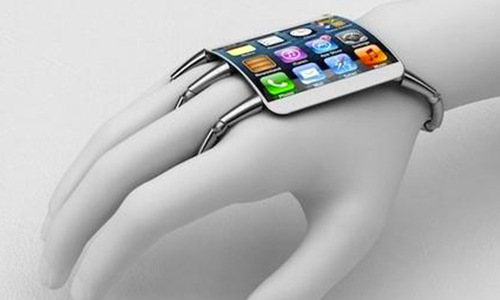Wearable
medical devices that gather valuable data and enable patients to take
control of their health are becoming ubiquitous, and it’s advances in
the adhesives industry that has made this trend possible. For some, it’s
just a matter of tracking fitness data, while for others, the data
helps them to manage medical conditions such as diabetes.
Adhesives
are helping manufacturers to make devices lighter, more compact and
more comfortable to wear. When the device must monitor health
conditions, the less obtrusive it is, the better. Thin, breathable films
for attaching devices to skin help to keep these devices discreet.
Fitness-oriented
devices are trendy, and most people are happy to wear them openly –
that means that many of them use a simple wristband for attachment. But
when it comes to monitoring a medical condition, wristband-based devices
aren’t able to gather accurate enough data. To do so, the fit would
need to be tight, and if there is movement of the device, the data could
be affected. That’s where devices that are stuck to skin enter the
equation. They can be attached at an optimal site for accurate data
collection and needn’t be tailored for a good fit.
The chosen
adhesive must be able to last long enough for user convenience and to
help the device remain durable and resilient despite being exposed to
the occasional light impact or pull when it is caught on clothing. The
part of the body where the device is to be worn has some influence here.
For example, the upper arm is a discreet spot for medical device
placement but will be subject to catching on clothing and impacts. An
adhesive skirt helps to solve the problem.
Flexibility is also
important, and even the electronics in some devices are designed to flex
with movement. And with skin giving off moisture, breathability is
another key property for medical device adhesives.
Wearable
devices must be able to withstand active lifestyles and exposure to
moisture, and once again, adhesives solutions are of help. A non-woven,
acrylic based adhesive with a breathable backing helps to keep devices
attached and intact despite this kind of wear and tear.
Skin is a
very variable substrate since everybody has their own skin-type, and
skin is constantly replacing itself while sloughing off the outer layer.
Within two weeks, many of the cells to which the adhesive originally
bonded will have sloughed off. At the same time, breathability is
crucial to comfort. Without it, the skin whitens and softens and is
prone to injury when the user removes the device. Naturally, the
adhesive itself should not cause any adverse skin reactions. Incorrect
adhesive choices can cause rashes, blisters, or even strip off or tear
the skin. Adhesives for wearable medical devices are continuously
developing and changing to meet the needs of medical device
manufacturers and the patients who will use their products.
